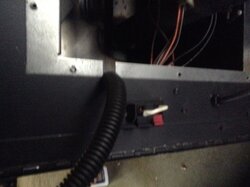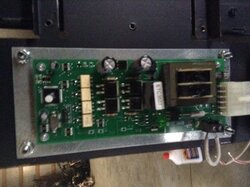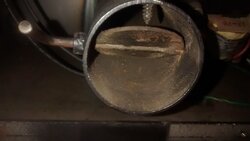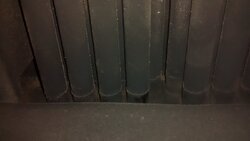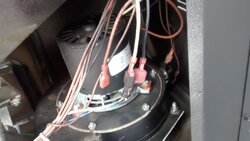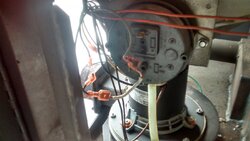heat seeker
Minister of Fire
The ash trap doors are available and inexpensive. They are necessary, as Smokey says. The smaller holes should have plugs. You can get them at the same time as the ash trap door, or use electrical knockout plugs from the hardware store.
You can use a small mirror to look up inside through the ash trap openings to see if you got all the ash. I use a mechanic's mirror and a flashlight.
You can use a small mirror to look up inside through the ash trap openings to see if you got all the ash. I use a mechanic's mirror and a flashlight.


